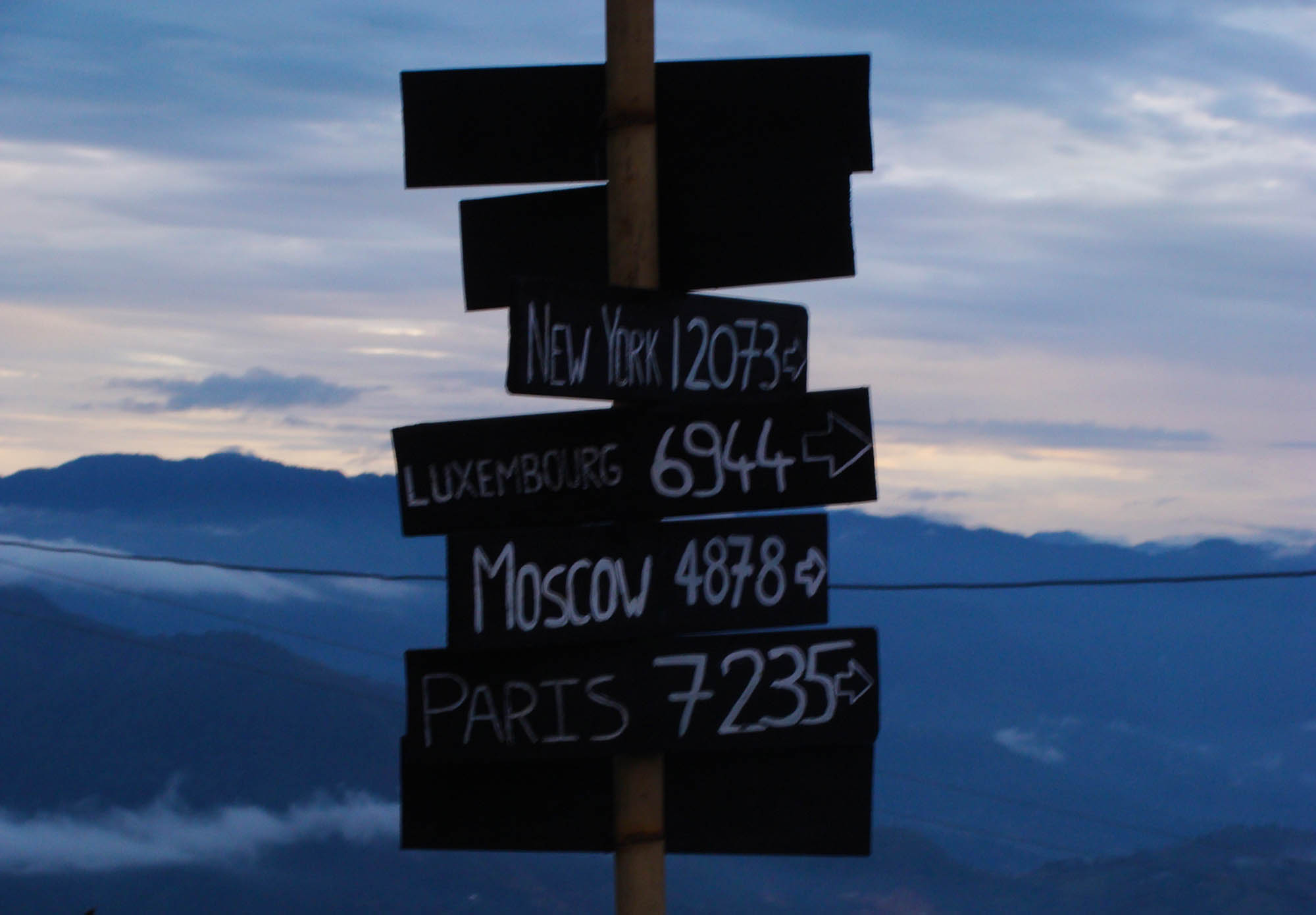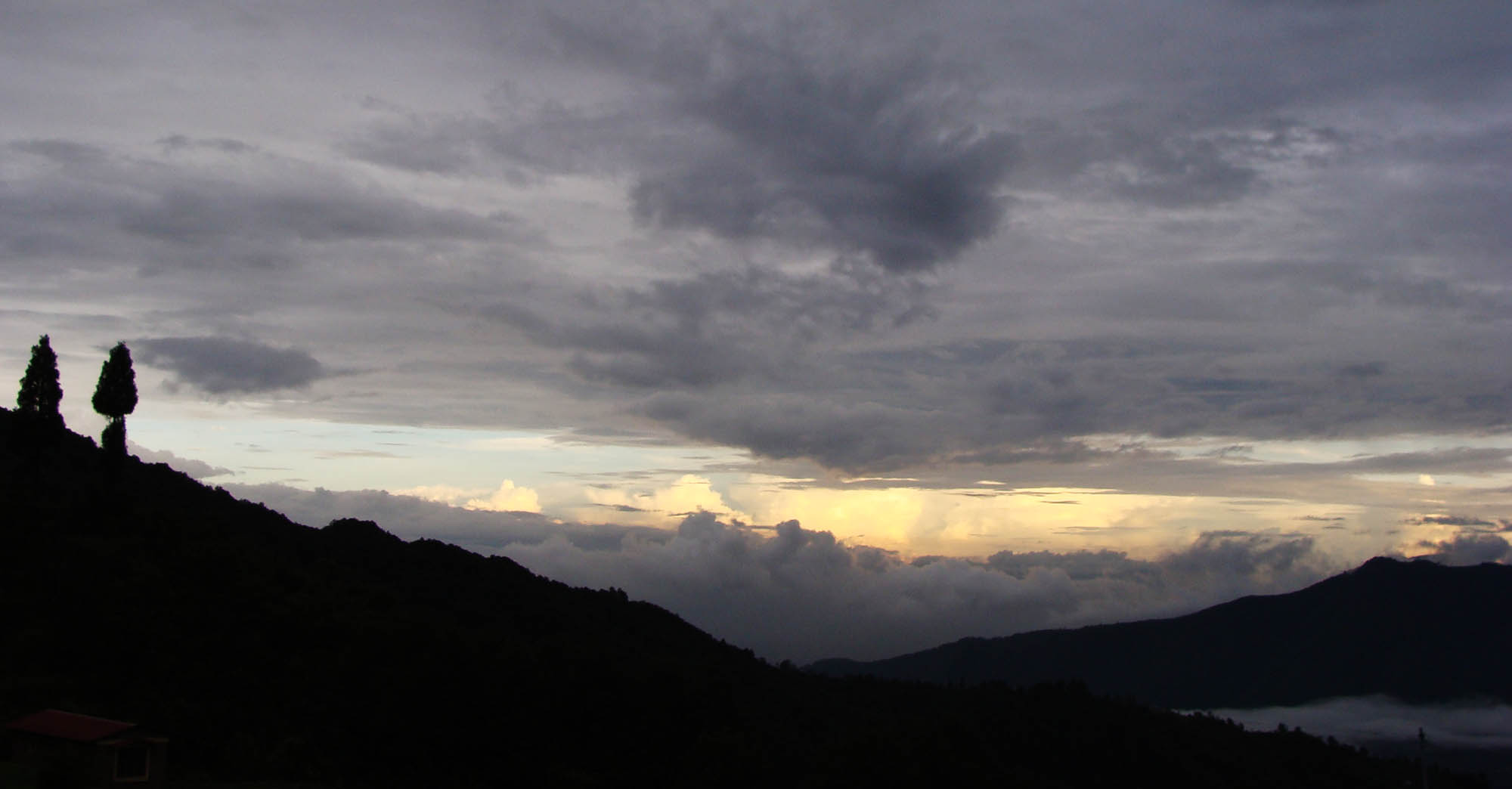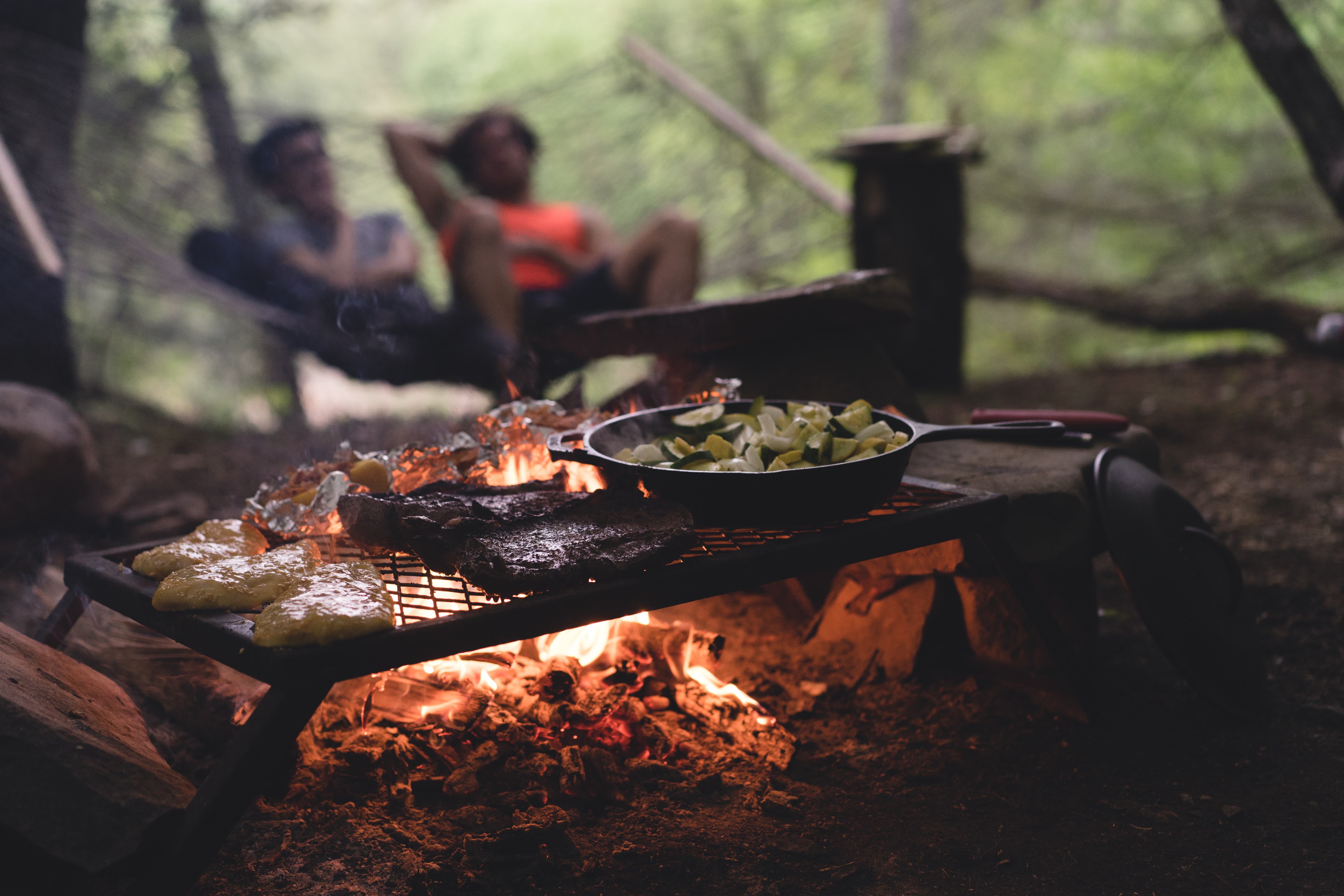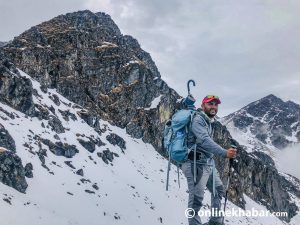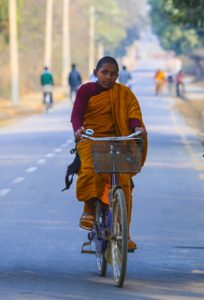An entire hillside carved on terraces lay before me. On every terrace, painted in a green slightly darker than the hill, was an iron bench. There was a bench a couple of feet from me, there was a bench way down the slope, near where the hill merged with a copse.
What was this, a place to come to sit and stare at the chain of hills? I didn’t know whether the scene was morose or serene, a depiction of desertion or an invitation to do nothing but simply sit on a bench and look at nature, at hills scarred by man, and mull on the follies of mankind.
Actually this was the picnic spot in Kakani, the small village a couple of kilometers off the Pasang Lhamu Highway that links Kathmandu to Rasuwa.
I had heard about it for a while before finally going there, so I had come to Kakani expecting a secluded place that, because of Kathmandu’s febrile pace of life, would give the sense of a faraway place.
I wasn’t disappointed. The sense of going to a place that is slower and quieter and devoid of distractions is felt almost after you leave the highway and turn onto a steep paved road. The road begins to wind slowly, mist drifting in to dramatize the arrival at the village. Then a minor anti-climax: a police check post. The Law is the last thing you want to pip you to a place you liked because it had few people. After providing your vehicle and driver’s license numbers, you continue onward, going past quarters with uniforms hung up to dry.
The signboard showing the distance of the world’s major cities from Kakani.
Kakani is not a place that gets you wide-eyed or smiley as soon as you arrive. In fact, it’s quite a disappointment at first sight. A couple of shops line a narrow road that descends to a muddy football field (the local school’s playground), and you find yourself at a dead end. Kakani kata ho, didi? you want to ask, but you don’t because that would be embarrassing. So you rephrase the question: What are the popular sights around here? That was how I was shown to the picnic spot. So ordering dal-bhaat I went to check out the picnic spot and found a hillside with its crop of iron benches.
The picnic spot is a good place for seekers of solitude (and couples on a date), but I was not interested in seeing a vista that was lovely but not much different from scenes that you see from hilltops in Nepal’s hilly region. And looking carefully I could see Kathmandu’s concrete sprouts between two hill slopes. I wanted to see more of Kakani—if there was more.
The owner of the hotel I ate my lunch in suggested I go down the trail across the school playground. I crossed over the soft soggy field, lingering for a while to examine a dead snake. After a while I arrived at a gate that was long bamboo poles fitted horizontally into slits. This was the Nepal Scouts International Training Center. It looked like a resort or a retreat center.
The evening sky in Kakani is often a slideshow of enrapturing colors and cloud shapes.
The training center had nice clean rooms, a washing machine (in a village!), and a kitchen with a floor so clean you could have eaten off it. I asked the cook if there were wild animals around. He pointed to the terrace fifty meters from the ground floor rooms. “In winter that is where a leopard sometimes comes to bask in the sun,” he said.
The training center only got better as I walked around. It was a huge property, with a quaint cottage here, a training hall hidden behind a knoll there, and a trail that led to the edge of a dark forest.
I peeped into the cottage atop the knoll, where the center’s manager lived, and saw that it was furnished like the country house of an aristocrat. But the forest enchanted me more. The trail leading into it was overgrown with grass, and spider webs spanned across it.
An abandoned building, walls and roof missing, stood like a relic. It had been a small Nepal Army post that had been abandoned during the civil war. Then the Maoists had bombed it. The building’s presence at the entrance of the dank forest gave the place a somber, almost sinister, feel.
Kakani was at its best in the nights. The hills on the north were dotted with tiny lights of houses. Overhead, stars filled the sky. Insects supplied the background music. I stood on a rooftop, surrounded by darkness, savoring my time in this quiet place. I had noticed a wooden pillar in the training center’s garden.
There were wooden arrows sticking out of it, names of cities – Johannesburg, Sydney, New York – and distances to them from Kakani painted on them. Then the mist had rolled in, obscuring the distance, and Kathmandu felt as far as those cities.
Checklist
The surrounding view of mist and hills gives Kakani a feel of a distant place.
Getting There

From the Balaju Chok at Ring Road continue north toward Baisdhara. You can take any of the buses plying the route to Nuwakot and Trisuli from the bus park at Machhapokhari. Buses leave for Kakani throughout the day, the first one departing around six in the morning. Get off at the small market just before the check post at Kaulithana. Turn right onto the steep paved road from there. Kakani is four kilometers from there. There is no public transportation from that market to Kakani.
While in Kakani

Mountain Gazing
On clear days there is a stunning vista of mountains to Kakani’s north. In the chain of mountains are Manaslu (8,163m), Ganesh Himal (7,406m), Langtang Lirung (7,246m), Dorje Lakpa (6,975m), Shisha Pangma (8,012m) and Mt. Gauri Shankar (7,146m). Climb to the Shiva temple perched on a hillock near the entrance to the picnic spot to get an unobstructed view of these peaks.
Strawberry Binge
If you love strawberries, you will love Kakani. According to a 2010 UNDP report, this village produces 250, 000 kg of strawberry annually. Some of that produce goes into making wine and squash, both of which are available in many of the small shops and restaurants there.
Mushrooms
Another crop that Kakani produces in copious amount is mushrooms. Thatch-roofed tunnels appear along the last stretch of the road to Kakani. It’s a good place to buy mushrooms—fresher and cheaper than in Kathmandu.
Bounties of the Gardens
The rainy season is not the best time to go to Kakani, but it has its own charms. One of which is fruits. Most homes there have fruit trees in their gardens, so you will get to enjoy seasonal fruits.
Local Delicacies
Eateries in Kakani offer wonderful local cuisines like dhindo. Smoked meat is almost part of the décor in the restaurants. Try sukuti ko achar while there.
Treats En Route
There are culinary delights even before you get to Kakani. The most popular is fried trout. The fish are raised locally, either in trout farms or by the restaurants themselves.
Where to Stay

Kakani Mountain View Hotel, Tara Gaon Resort Hotel, and View Himalaya Resort are the high-end hotels in Kakani. Nepal Scouts International Training Center is a good choice if you prefer seclusion.
For an experience of village life, go for the homely lodges near the village center.
***
Also read



